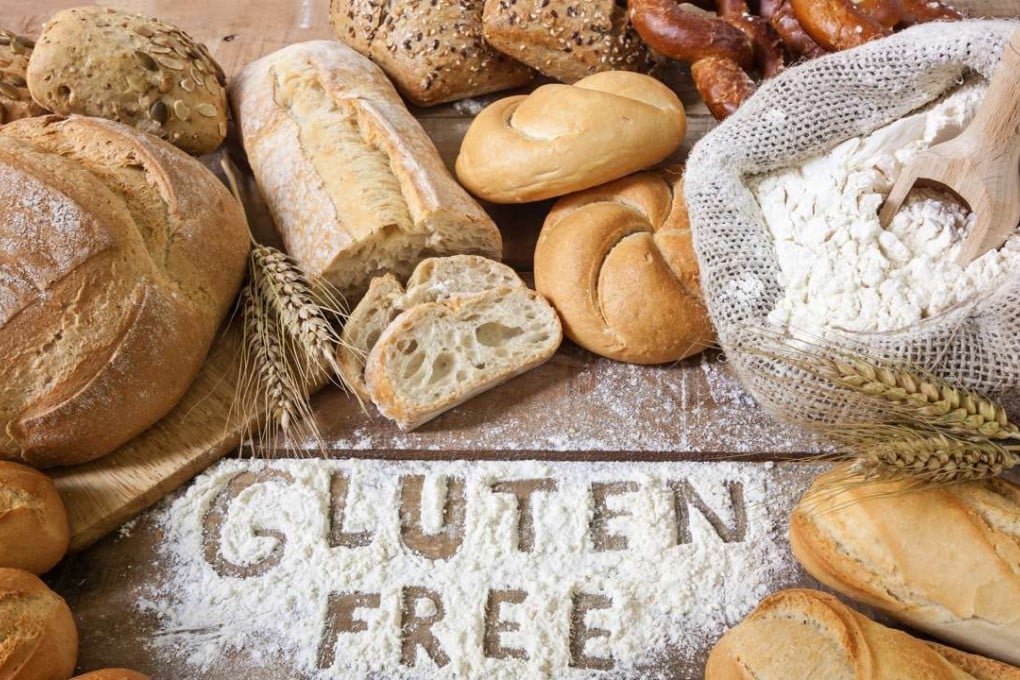Gluten is a term that has gained significant attention in recent years, especially with the rise of gluten-free diets. But what exactly is gluten, and why do people avoid it? In this article, we will delve into what glute’n is, its sources, potential health implications, and address common misconceptions surrounding it.
What is Gluten?
Gluten is a protein found in wheat, barley, and rye. It acts as a binding agent, giving dough its elasticity and helping bread rise. When flour is mixed with water, glute’n proteins form a network that traps air bubbles, contributing to the chewy texture of baked goods.
Sources of Gluten
Gluten is primarily found in:
- Wheat: This includes various types such as spelt, durum, and farro.
- Barley: Often used in malt and various beverages.
- Rye: Commonly found in rye bread and some cereals.
Gluten can also be present in less obvious products, such as:
- Sauces and dressings
- Processed foods
- Beer and certain alcoholic beverages
- Some medications and supplements
The Health Implications of Gluten
While glute’n is harmless for most people, it can pose significant health issues for others. Understanding these implications is essential.
Celiac Disease
Celiac disease is an autoimmune disorder affecting about 1% of the population. When individuals with celiac disease consume glute’n , their immune system responds by damaging the small intestine’s lining. This can lead to malabsorption of nutrients and a host of other health issues, including:
- Chronic diarrhea
- Weight loss
- Fatigue
- Anemia
- Bone density loss
The only effective treatment for celiac disease is a strict glute’n -free diet.
Non-Celiac Gluten Sensitivity
Some people experience symptoms similar to celiac disease but do not test positive for it. This condition, known as non-celiac glute’n sensitivity (NCGS), can lead to:
- Bloating
- Abdominal pain
- Fatigue
- Brain fog
The exact mechanism behind NCGS is still not fully understood, but avoiding glute’n often alleviates symptoms.
Wheat Allergy
A wheat allergy is different from celiac disease and NCGS. It is an allergic reaction to proteins found in wheat, including glute’n . Symptoms can range from mild to severe and may include:
- Hives
- Difficulty breathing
- Anaphylaxis
Potential Benefits of a Gluten-Free Diet
For those with celiac disease, NCGS, or a wheat allergy, a glute’n -free diet is crucial. However, many people without these conditions are adopting gluten-free diets, often believing they will improve their health. While some report feeling better, it is essential to consider the nutritional aspects of a glute’n -free diet.
The Gluten-Free Diet: What to Consider
If you’re considering going glute’n -free, here are some factors to keep in mind.
Nutritional Balance
Many glute’n -free products are processed and may lack essential nutrients, such as fiber, iron, and B vitamins. Whole grains, which contain glute’n , are significant sources of these nutrients. Therefore, if you eliminate glute’n , you should ensure you include other sources of these nutrients in your diet, such as:
- Quinoa
- Brown rice
- Fruits and vegetables
- Legumes
Gluten-Free Alternatives
The market for glute’n -free foods has exploded, providing a variety of alternatives, including:
- Gluten-free flours (almond, coconut, rice)
- Gluten-free pasta
- Gluten-free baked goods
While these products can be helpful, it’s essential to read labels carefully, as many can be high in sugar and unhealthy fats.
Listening to Your Body
If you suspect glute’n might be causing issues, consult with a healthcare provider before making drastic dietary changes. They may recommend testing for celiac disease or NCGS before you eliminate glute’n from your diet.
Common Myths About Gluten
Despite the growing popularity of glute’n -free diets, many misconceptions persist. Let’s debunk some of the most common myths.
Myth: Gluten-Free Means Healthier
Many people assume glute’n -free products are healthier, but this is not always the case. Gluten-free processed foods can be high in sugar and low in nutrients. Always check the ingredient list and nutritional information.
Myth: Only People with Celiac Disease Need to Avoid Gluten
While it’s essential for those with celiac disease or a wheat allergy to avoid glute’n , many people without these conditions may not need to eliminate it entirely. If you experience digestive issues, it’s best to consult a healthcare professional.
Myth: Gluten Causes Weight Gain
There is no direct evidence that glute’n itself causes weight gain. Weight management is a result of overall dietary choices and lifestyle factors, not solely glute’n consumption.
Myth: You Can’t Eat Any Grains on a Gluten-Free Diet
While it’s true that wheat, barley, and rye contain glute’n , many grains are naturally glute’n -free. These include:
- Rice
- Quinoa
- Corn
- Buckwheat
Making Informed Choices
If you are considering a glute’n -free lifestyle, it’s crucial to make informed choices. Here are some tips for navigating a gluten-free diet effectively:
Read Labels
Always check food labels for glute’n -containing ingredients. Look for certified glute’n -free labels, which ensure that the product meets safety standards.
Focus on Whole Foods
A glute’n -free diet does not have to be restrictive. Focus on whole foods, including fruits, vegetables, lean proteins, nuts, and glute’n -free grains, to maintain a balanced diet.
Plan Your Meals
Planning your meals can help you avoid the pitfalls of a glute’n -free diet. Preparing home-cooked meals allows you to control ingredients and ensure a balanced diet.
Consult a Dietitian
If you’re uncertain about how to maintain a balanced glute’n -free diet, consider consulting a registered dietitian. They can provide personalized guidance and meal planning tips.
Conclusion
Gluten is a complex protein that can have varying effects on individuals. For some, it poses serious health risks, while others may not be affected at all. Understanding glute’n , its sources, and its health implications can help you make informed dietary choices. Whether you need to avoid glute’n or are simply considering a glute’n -free diet, focusing on whole, nutrient-dense foods is key to maintaining a healthy lifestyle.
FAQs
What is gluten?
Gluten is a protein found in wheat, barley, and rye that gives dough its elasticity and helps baked goods rise.
Who should avoid gluten?
People with celiac disease, non-celiac glute’n sensitivity, or a wheat allergy should avoid gluten. Others may choose to reduce or eliminate it for personal health reasons.
Can gluten-free products be unhealthy?
Yes, many glute’n -free products are processed and can be high in sugar and unhealthy fats. It’s important to check nutritional labels and focus on whole foods.
What are glute’n -free grains?
Glute’n-free grains include rice, quinoa, corn, buckwheat, and millet, among others.
Is a glute’n -free diet right for everyone?
No, a glute’n -free diet is essential for those with glute’n -related disorders but may not be necessary for others. Always consult a healthcare professional before making significant dietary changes.







